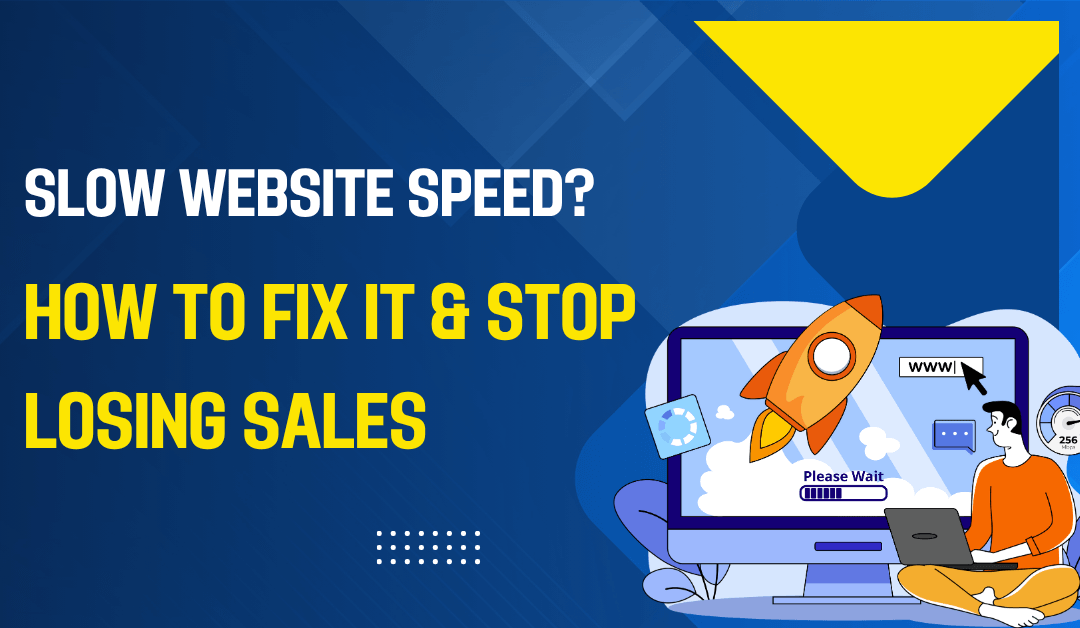What makes a customer choose you over a competitor? Often, it comes down to a simple connection. That connection is forged through a strong, consistent, and memorable brand identity. It’s far more than just a pretty logo; it’s the entire personality of your business—the emotional and psychological association a person has with your company.
Building a brand identity from scratch can feel daunting, but it’s a foundational process that pays dividends in customer loyalty and recognition. Let’s break it down into actionable steps.
What is a Brand Identity, Really?
Think of your brand identity as your company’s self-expression. It’s the collection of all tangible brand elements that you create to portray the right image to your target audience. This includes your logo, colour palette, typography, and even your tone of voice. While your brand is the overall perception of your company, your brand identity is the set of tools you use to shape that perception.
Step 1: Define Your Brand’s Heart and Soul (The Foundation)
Before you even think about colours or fonts, you need to look inward. This is the strategic part of branding. Ask yourself these core questions:
Your Mission (Why you exist): What is your purpose beyond making money?
Example: A local coffee shop’s mission might be “To create a welcoming space where our community can connect over ethically sourced, handcrafted coffee.”
Your Vision (What you want to achieve): Where do you see your brand in the future?
Your Values (What you believe in): What principles guide your actions? Honesty? Sustainability? Innovation?
Your Target Audience: Who are you trying to reach? Be specific. “Everyone” is not an audience. Think about their demographics, struggles, and aspirations.
Step 2: Craft Your Brand Voice and Messaging
How your brand speaks is as important as how it looks. Your tone of voice should reflect your brand’s personality and resonate with your audience. Are you professional and authoritative, or quirky and fun?
Example: Compare the friendly, encouraging tone of Mailchimp (“You’ve got this!”) with the prestigious and confident tone of Rolex. Both are effective because they are consistent and aligned with their audience’s expectations.
Your core messaging should clearly communicate who you are, what you do, and why it matters.
Step 3: Design Your Visual Identity
Now it’s time for the creative fun to begin. This is where your brand’s personality becomes visible.
Logo: This is the cornerstone of your visual identity. It should be unique, memorable, and scalable.
Colour Palette: Colours evoke emotion. Choose a primary and secondary palette that reflects your brand’s personality (e.g., blue for trust, green for nature, orange for energy).
Typography: The fonts you use say a lot about your brand. Are you modern and minimalist (sans-serif) or traditional and elegant (serif)?
Imagery & Iconography: This includes the style of photos, illustrations, and icons you use across your marketing materials. Should they be bright and vibrant, or muted and professional? Do you use custom icons or stick to a specific library? Consistency here is key.
Step 4: Avoid These Common Brand Identity Mistakes
Building a great brand also means knowing what not to do. Watch out for these pitfalls:
Being too generic: Using common templates or trends can make you blend in rather than stand out.
Inconsistency: Using different logos, colours, or tones across different platforms confuses your audience and dilutes your brand.
Not thinking long-term: A logo that’s overly trendy today may look dated in two years. Aim for a timeless quality.
Ignoring your audience: Creating an identity you love but your target customer doesn’t connect with is a recipe for failure.
The Bottom Line
Building a powerful brand identity is a deliberate journey, not a rush job. It starts with deep strategic thinking about your mission and values and culminates in a visual and verbal system that communicates that strategy to the world. A strong identity acts as your silent ambassador, building trust, fostering recognition, and turning first-time buyers into loyal fans. It’s an investment that shapes how customers perceive you at every single touchpoint.
Ready to build a brand that not only looks great but also connects deeply with your audience? Contact us today to start the conversation.

